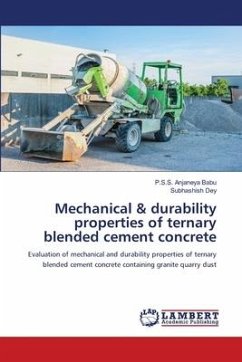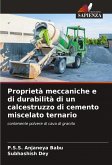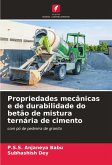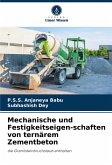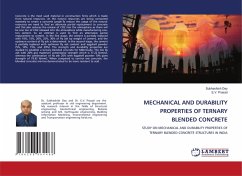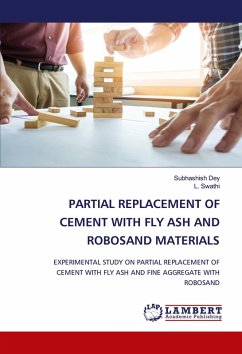Cementitious composites are the most used man-made materials in the world, with a global annual production quantum of 25 billion tonnes worldwide, contributing approximately 5% to the global greenhouse gas emissions. The manufacturings of concrete composites have released a high volume of carbon dioxide (CO2) gaseous to the environment in the world. Therefore, finding an alternative material to replace the raw material used in concrete composites has become a current agenda. In the initiative to reduce the carbon footprint of cementitious composite production, are growing interests in the large volume reuse of industrial by-products such as Fly Ash (FA), Silica fume (SF), Ground granulated blast-furnace slag (GGBS) in cementitious composites production. Such an approach offers a two-fold solution towards addressing the waste management problem related to those industry by-products. A comprehensive body of knowledge on the mechanical strength and durability performance of cementitious composite products containing a large volume of materials needs to be established.
Bitte wählen Sie Ihr Anliegen aus.
Rechnungen
Retourenschein anfordern
Bestellstatus
Storno

